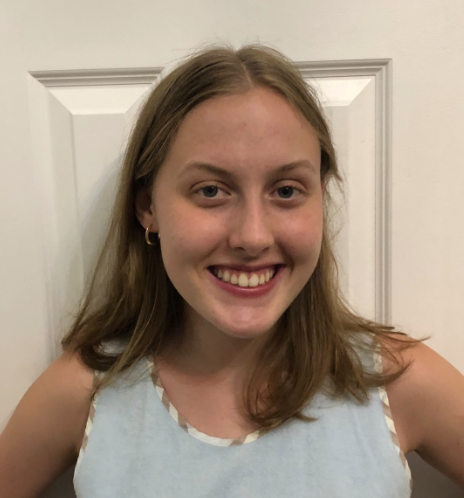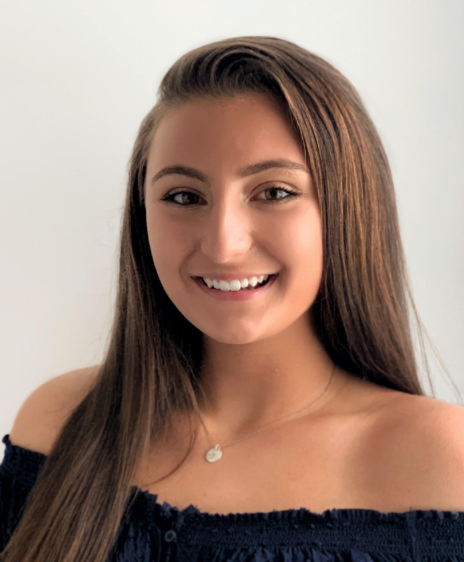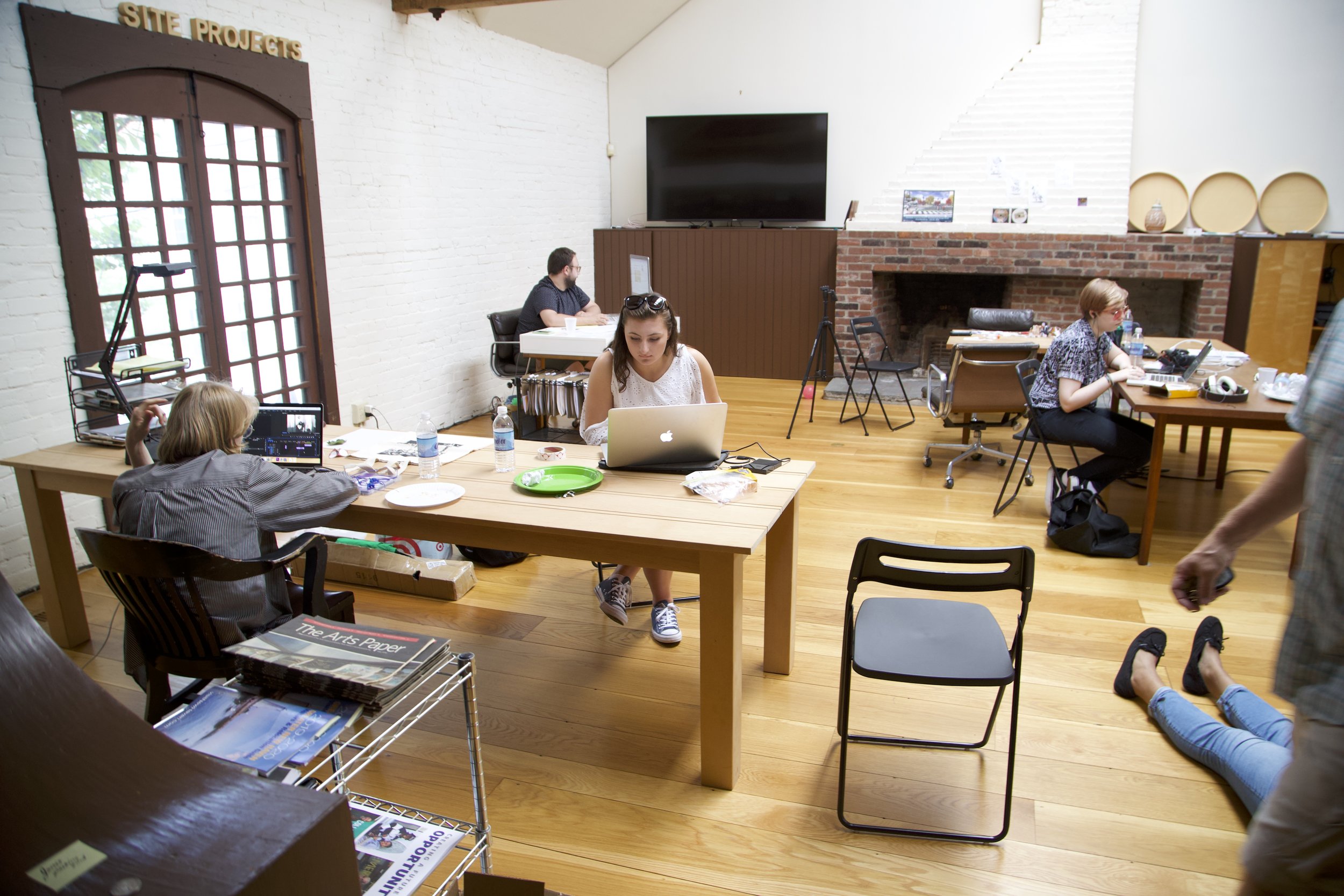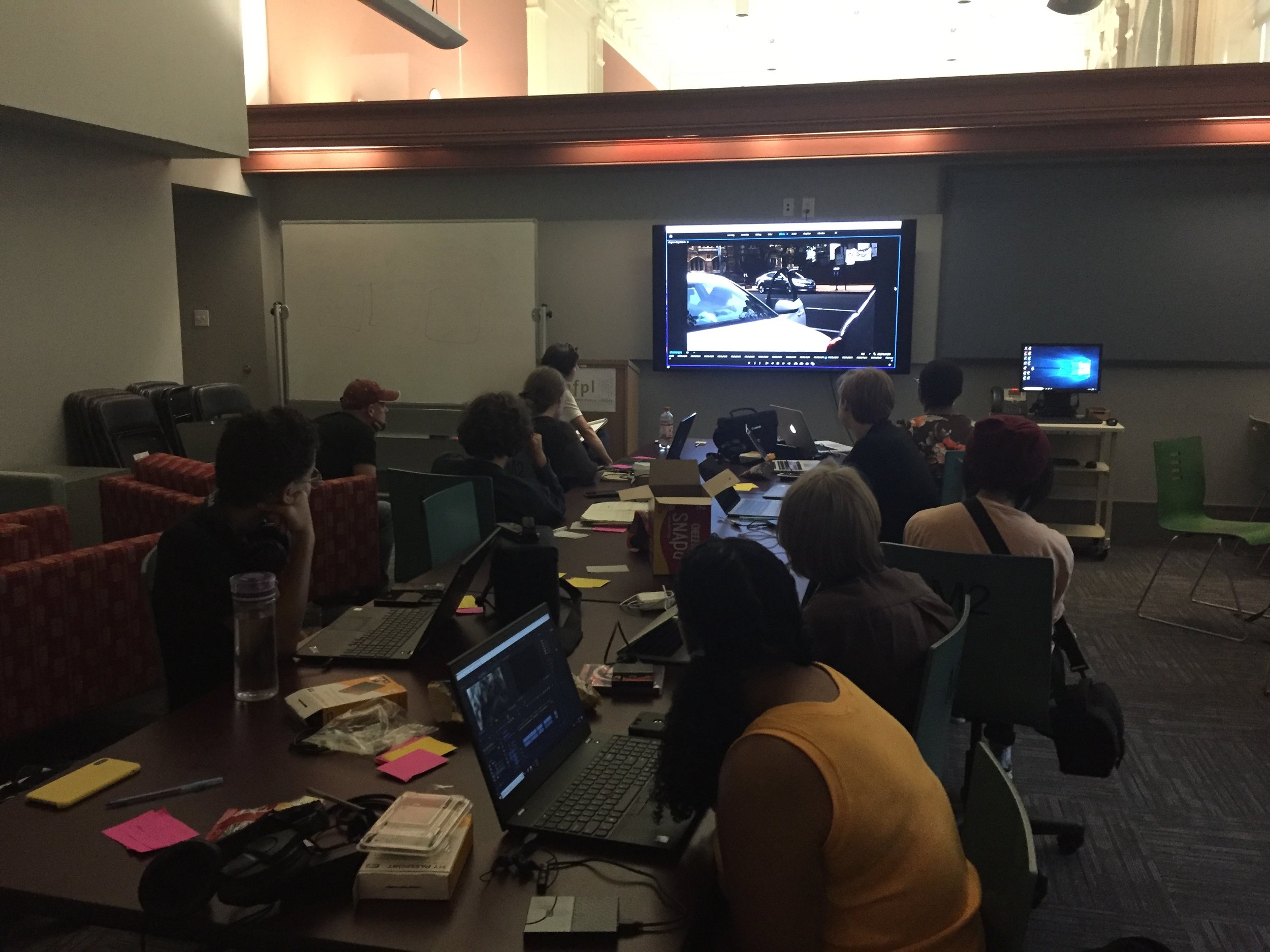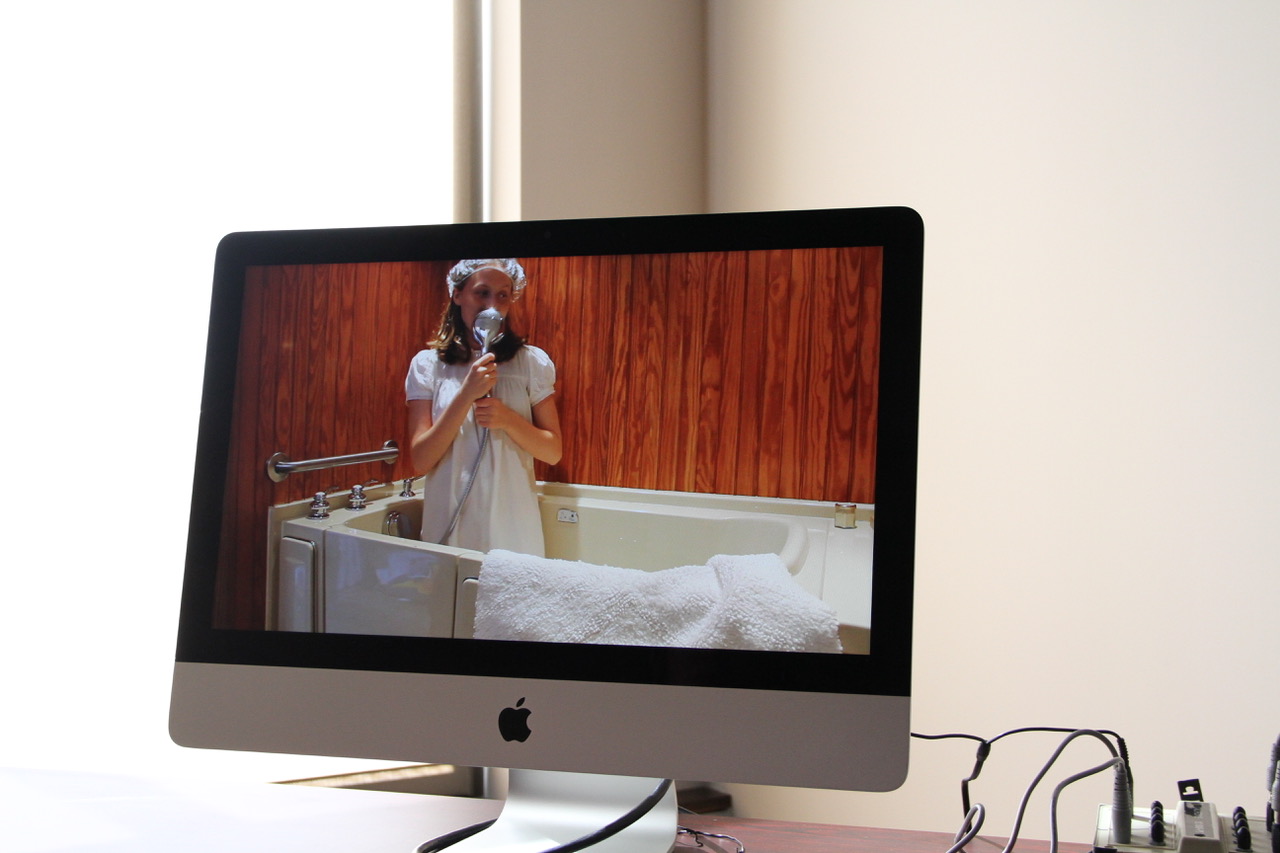Site Projects|New Haven: 2019 Public Art Fellows
Video Arts Bootcamp
“Program Description”
PAF is a competitive paid fellowship for young local artists who wish to elevate their craft through guided workshops and mentorship. The program started in 2017 and has just completed its third year.
During this six week intensive, the selected participants learned from their adult mentors and visiting artists how to develop concepts, produce their videos, edit, and critique each others’ work.
The projects all respond in some way to the prompt of “Transportation in New Haven,” but each Fellow decided to interpret this in different ways. From documentary to conceptual art, these videos all depict the experience of moving through our city.
“Meet Our 2019 Fellows!”
“The Mentors”
“Gallery”
“The Videos”
Jahnise Bennett
This video represents the way I saw New Haven as an outsider who was always in. The video features detailed, personal shots to shaky handheld landscapes, each frame being something I paid a great deal of attention to during my time in New Haven as a non-resident. The audio goes on over these familiar images, calling up all the things J am uncertain about regarding New Haven, my bumpy relationship to it and the people who make this city up.
Marielys B
What Time Period is This? is a video I made with the intention of being a little confusing. The visuals and the general concept of two normal people driving to an ice cream shop, with some things a little off. Like the language they are speaking; A slightly off version of normal English. And the fact that the car works and sounds like a horse (and intakes celery as fuel). The reasoning for these strange additions is to implicate the old ways of transportation; ie. the sounds of horse hooves on the pavement, and having to actually feed your horse as opposed to just filling your car with gas. But mix those things with the modern technologies of today and bham!
Sasha Cohen Cox
My film, Inside Transportation, focuses on how transportation creates and affects culture in New Haven. Many different people ride the bus, walk, or bike, and the forms of transportation that these individuals use creates distinct cultures surrounding those forms of transportation. I interviewed people who used each form of transportation and found that the personalities of the people who used different forms of transportation differed. My film provides a closer look at the pros and cons of different forms of transportation and the personalities of the people that use them.
Nadia Ferrer
(Originally displayed as an immersive multiple monitor installation)
When the thought of transportation comes to mind, I think of the time I spend getting to my destination and the things I might see or hear on my journey getting there. The experience of transportation is different for everyone, but for me, an anxious person, no matter what form of transportation I'm taking, it can be quite overwhelming. I wanted to put you in my shoes and evoke that feeling of being overwhelmed onto the viewer. By taking you through different forms of transportation, I hope to stimulate you to feel different emotions from the scenery, and noises you hear around you as I do when I am on them. Listen to the audio carefully and hopefully you will find a sound that reminds you of an experience you have in transportation.
Aliya Hafiz
As I approach my senior year of highschool, the idea of exiting the k-12 public education system that I have been a part of for over a decade becomes very real. Public schooling, in the monotonous life it has created for me, has become central to my identity. And though it is a restrictive force, I feel I have been rewarded by the institution; it has provided a seemingly comfortable way of life, it has educated me, it has brought me to people I now consider my close friends. Despite looking forward to graduating as a liberation, I don’t want to leave the institution, as I have become devoted to it and everything it has offered. My relationship to New Haven is so far removed from my home life, which is a substantial distance away. Yet when I come to New Haven for school, I consider it a second home. In turn, the transportation that is required for me to come to New Haven is an expression of my love, my devotion to it. The city hosts me to perform a purposeful set of actions, a choreographed routine. My performance that I continuously repeat becomes a dance for New Haven. I understand that the choreography is the same every time, yet I continue to perform. In my video, I address this devotion to New Haven as a result of being stuck in a performative cycle - how beautiful things can emerge from the restriction of the institution.
Sofiya Hafiz
The Construction of Long Wharf began in 1710. In the early 1800s, William Lanson extended New Haven’s wharf to ¾ of a mile into the harbor as deeper water access was required. The Wharf began to lose value and length with the addition of the Farmington Canal and Railroad by the mid 1800s. Today, the majority of Lanson’s extension is covered by new rails, roads, and a prominent highway (Interstate 95). Acting as a community park, only a small portion of the pier at the coast remains while Long Wharf has transformed into a large district in New Haven. As the current state of Long Wharf only hints to its past structure, it seems its history sits unknown. Title is a video trilogy that attempts to represent the layers of the Wharf’s changes through abstract storytelling. Two parts focus around two sisters-like figures who reenact the formation of Long Wharf and then explore its current remains. The familial bonds and eerie nature of these creation and adventure stories aim to create an atmosphere synonymous with the physicality of the Wharf and its haunting waters while the actions reference the past and present. The third part stands alone as a figure traces the original path of the Wharf and the course of the site’s transportational advancements over that land are recalled through vocal directions and sound layering. Together, the pieces serve as an homage to Long Wharf.
Stella Martone
Gabrielle McGovern
When I first started film my freshman year of high school, I loved it immediately, however the one thing I never liked to do was make documentaries. I always wanted to edit, create short films, and experiment with effects. Documentary just always seemed so boring to me. However, my junior year of high school I got to make a documentary about students and teachers in our school. I got to meet so many new people and learn so many interesting things from them, and at that moment I fell in love with documentary. Getting to meet people like Bijan and Velisha who have a passion for what they do and an amazing story to tell is the reason I got into documentary. I hope that I can continue in the film industry and continue to meet interesting people so that I can share their stories with many more.
Henry Slomba
Transportation is movement. People move through their worlds and their daily lives perpetually. Time is movement also. Time separates the present world from the past worlds of history. Movement transverses space. Yet the present and past inhabit the same space sequentially. I was born in 2004 and although I live in a home which housed people in 1882, we are separated by time. Though it is the same space it now witnesses a different world. Time, however, is malleable. If in 2004 everybody began living like and pretending it was 1904, I would inhabit the 20th century during the 21st century. Perhaps, in fact, I was born in 2104 and everybody pretended it was 2004. It is not time which changes the year, it is people who are changed by time and change the state of the world. You inhabit the 21st century. For eleven minutes and forty-three seconds, you will inhabit the silent film era. When the credits roll, you will return to 2019
Nora Whalen
In this short narrative film, my main characters are presented in two different time periods. Comparisons are made between these time periods but the people are mostly the same. Transportation plays an important role in how these characters spend time together. Cars looked very different in the 50s and it was a time when highways were being built everywhere. Subways started being used less and cars started being used more. Subways were still used in cities or for far distances. In present day we have new advancements in how communication can affect transportation. People are able to call each other from anywhere, as seen in the film. We use trains to go far distances and we value theaters less now that we can watch movies at home. These differences are what cause the stories in my film.






